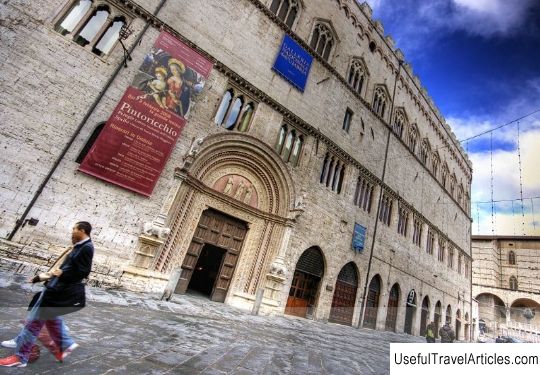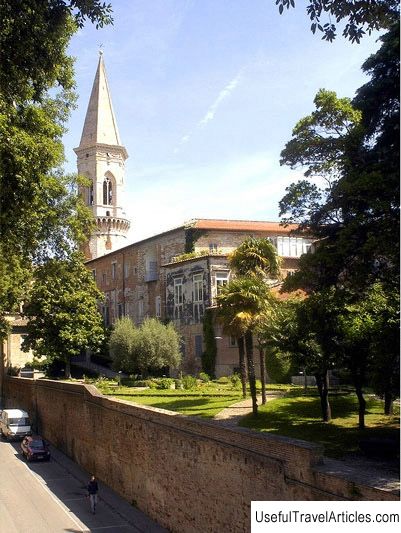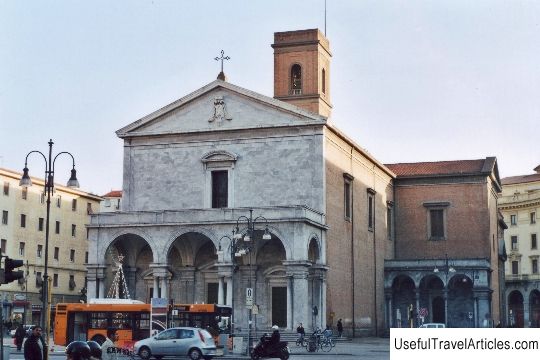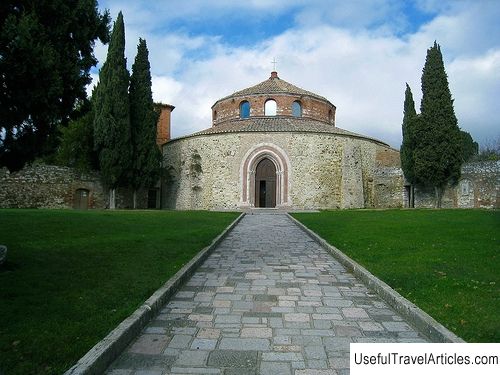San Pietro description and photos - Italy: Perugia
Rating: 7,9/10 (288 votes) 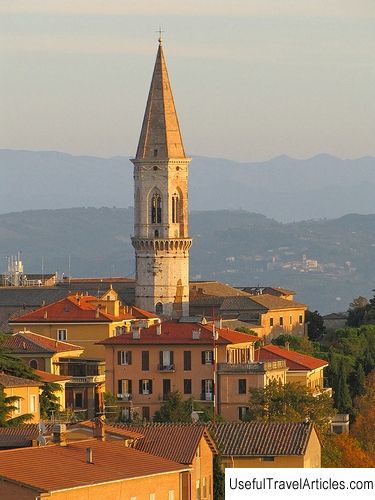
San Pietro description and photos - Italy: Perugia. Detailed information about the attraction. Description, photographs and a map showing the nearest significant objects. The title in English is San Pietro. Photo and descriptionSan Pietro is the name given to the church and abbey located in Perugia. The monastery was founded around 996 on the foundations of the former cathedral, the very first seat of the city's bishopric, which existed from the beginning of the 7th century. The first reliable evidence of the abbey dates back to 1002. His patron was Pietro Vincioli, a nobleman from Perugia, canonized after death. Over the centuries, the abbey grew and grew in importance, but in 1398 it was burned by the inhabitants of the city, as its abbot Francesco Guidalotti took part in a conspiracy against Bordo Michelotti, the head of the local party. Only at the beginning of the 15th century, with the participation of Pope Eugene IV, the monastery was able to recover. At the end of the 19th century, when the French ruled the Apennine peninsula, the abbey was temporarily closed. In 1859, the monks supported an uprising against the Papal government, and after the unification of Italy, the new government allowed them to remain in the abbey. In front of the monastery there is a 15th century gate, designed by Agostino di Duccio and leading to a monumental facade with three passages, made in 1614 by the local architect Valentino Martelli. The first cloister was also built by Martelli, and the second one by Lorenzo Petrozzi. The entrance to the church is located to the left of the cloister. On both sides of the 15th century portal, you can see the remains of the facade of the ancient basilica. The portal itself is decorated with a portico with frescoes, some of which were made in the 14th and 15th centuries. To the right of the portal rises a polygonal bell tower, rebuilt in 1463-1468 according to the project of Bernardo Rossellino. Inside, the church consists of a central nave and two side chapels. It houses the second most important art collection after the one in the National Gallery of Umbria. The nave is supported by an arcade of columns made of gray marble. Its upper part is decorated with images of scenes from the Old and New Testaments, which were painted in the late 16th and early 17th centuries by Antonio Vassilacchi, a student of Tintoretto. He also painted a canvas on the west wall depicting the "Triumph of the Benedictine Order." The highlight of the nave is the mosaic-covered wooden ceiling by Benedetto di Giovanni da Montepulciano. Other works of art include works by Ventura Salimbeni, Eusebio da San Giorgio, Orazio Alfani, copies of paintings by Perugino, Girolamo Danti, Giovanni Lanfranco, as well as two huge canvases by Giorgio Vasari. Perugino himself painted a number of images of the saints in the sacristy. The presbytery, rebuilt at the end of the 16th century, contains splendid inlaid wooden choir stalls, considered one of the most beautiful in Italy. They worked on their creation from 1525 to 1535. The abbey has two cloisters - one, Chiostro Maggiore, is made in the Renaissance style, and the other, Chiostro del Stelle, was built in 1571. In front of the building is the Giardino del Frontone garden with a tiny amphitheater, built in the 18th century for the Alessi family.         We also recommend reading Church of the Life-Giving Trinity description and photo - Russia - South: Novorossiysk Topic: San Pietro description and photos - Italy: Perugia. |

